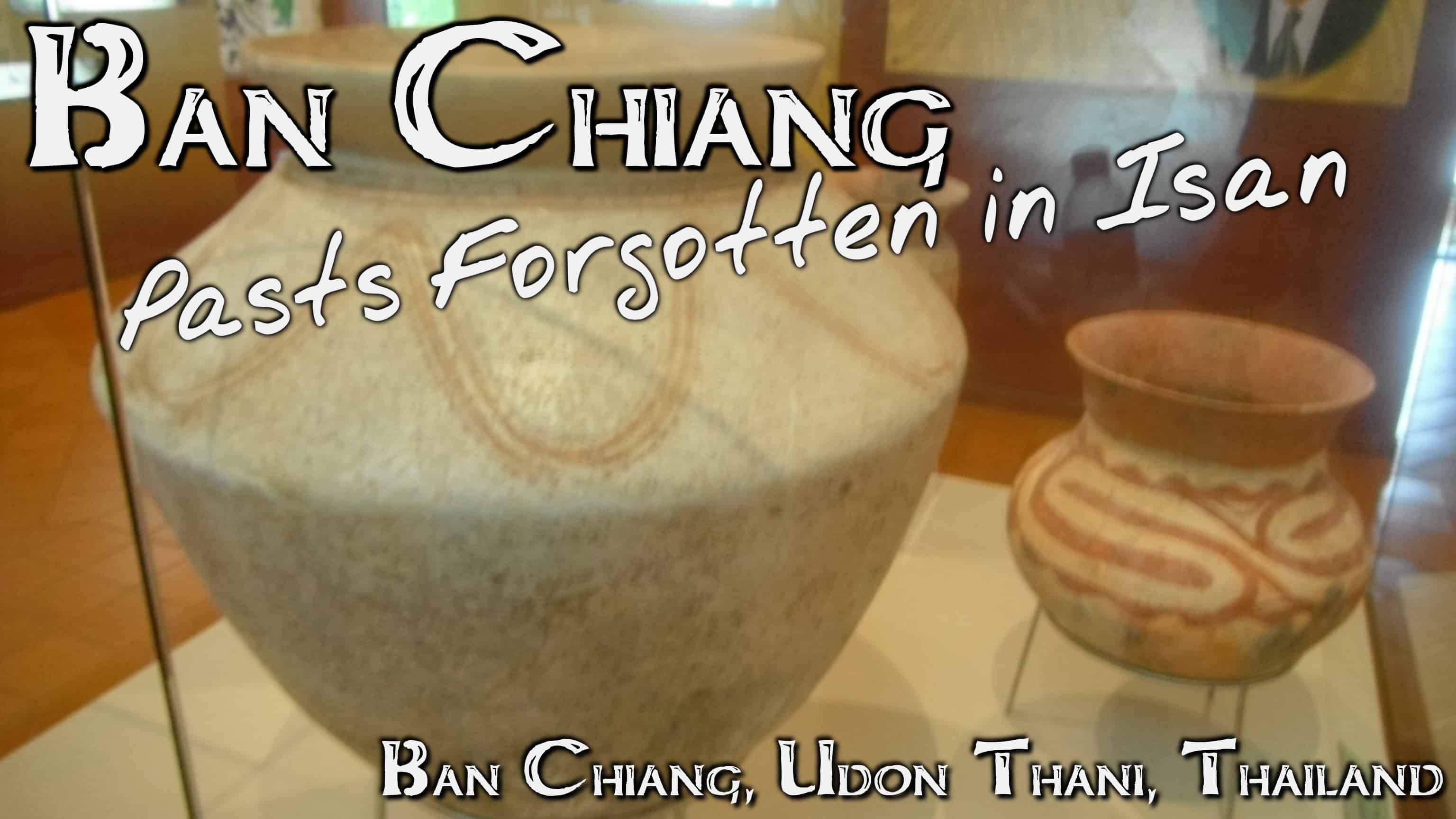
<
“The objects found at Ban Chieng . . .
all of them beautifully made,
and bear witness to an advanced civilization
that has completely vanished.”
– David Hatcher Childress
It’s amazing how things can just come together and work out sometimes. I was initially planning on renting a motorbike in Udon Thani and taking it to Ban Chiang.
However, it was about 60 km away, farther than I thought. Certainly doable, but not the most comfortable for a two way trip.
So, I hopped on a bus in the general direction, not knowing exactly where to get off. The girl sitting next to me asked where I was going an then directed me to the correct town to exit the bus. Standing right outside was a motorcycle taxi which offered to take me the remaining 10 km for 80 baht ($2.50) and then meet me in and hour and a half to go back. And that gave me just enough time.
Unfortunately, while Ban Chiang is a highly significant archaeological find, it doesn’t have the grandiose ruins that Prasat Phanom Rung had. However, the museum was certainly worth the visit and is immensely informative about both the site and the archaeological methodology used to excavate it.
Ban Chiang is important as it serves as proof of a Bronze Age culture in a region formerly thought technologically backward at the time. While no cities like its contemporaries in India and China, ancient Ban Chiang had metalworking methods that rivaled, and possibly predated, those cultures.
The ancient settlement had been on a raised mound, the same one that the current village now resides on, meaning space for them to conduct the excavation was limited. He initial digs were limited to space in a public street, a man who volunteered his home, and a local Buddhist wat (temple).
After finishing the museum in an hour and having learned that the dig sites were not on the museum’s property, I decided I had the time to walk over to the wat and see what remained of the dig site.
Walking down the stretch of street to the wat, I got a few looks and smiles. I gather that, like many of the towns I was lost in near the Cambodia border, they get few ‘farangs’ wandering through town.
The wat was a pleasant little spot with the logos of the museum on a small gray building near the entrance. A man working inside waved me in, nodded at my ticket and disappeared. Inside was (what I gathered to be) the original dig pits still with intact with pottery sherds and skeletons.
All the informational signs here were in Thai, so I mostly browsed the pit before heading out into the wat’s courtyard. I wanted to check out the inside of the temple, however, there were quite a few monks siting and chanting, so I let them be.
About halfway down the road back to the museum, my taxi driver honked and asked if I was ready, saving me the extra 10 minutes of waiting for him. We headed back to Nong Mek, where he dropped me off at the bus stop next to a couple of cigarette-smoking monks. I caught he bus back to Udon Thani 10 minutes later, watching its karaoke videos of a Thai rock band that specify several times they were for home display only.
Overall a much better experience than riding a motorbike 120 kilometers, I think.





















